
Histoire et Collections
Founded in 1984, Histoire & Collections is the leading publisher of French-language magazines in the fields of militaria and related hobbies. Producing hundreds of books in both English and French, H&C have gained a reputation for excellence, both in terms of the information their books contain and the unprecedented level of detail in their production. Although some books are only available in French, the wealth of high quality illustrations make them a valuable purchase for enthusiasts all over the world.
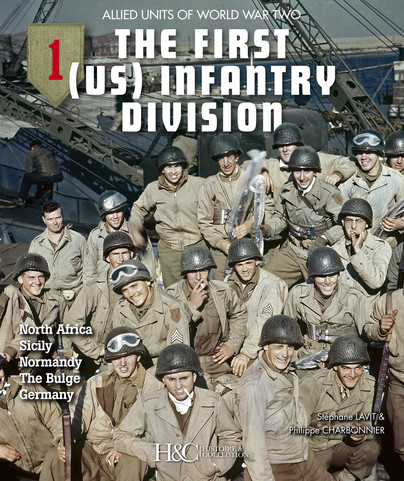
Format: Paperback
Pages: 100
ISBN: 9782352504641
Pub Date: 15 Apr 2017
Description:
The 1st Infantry Division was established in 1917 to participate in the fighting in France and faced the major German offensives of 1918. During the Second World War, it effected its first assault landing in North Africa in 1942. Then followed the invasion of Sicily, D-Day in Normandy, the battle of the Bulge and the conquest of the Reich, as far as Czechoslovakia.
According to the division lore, at the time, the U.S. Army consisted of the First Infantry Division and eight million replacements! Thanks to hundreds of historical pictures, the reader will follow the Big Red One’s glorious path in its most difficult assignments.
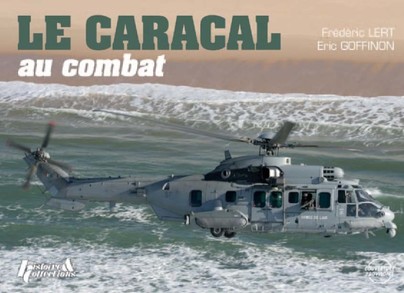
Format: Hardback
Pages: 128
ISBN: 9782352504580
Pub Date: 31 Dec 2016
Description:
The H225M "Caracal" flew for the first time on 30 November 2000. It is the first European helicopter specifically designed for the most complex of missions: the rescue in combat. In 2006, just days after its debut in the Air Force, it was deployed as part of an operation in Lebanon: its autonomy, power and defensive potential made it the 'ideal vehicle for sneaking hundreds of European nationals from Beirut, where they were trapped as a result of the fighting between pro-Iranian Hezbollah and the Israeli army.
’Today, in 2016, ten years after its appearance, the Caracal is already a veteran of several wars: Afghanistan, Mali, through Libya and Chad. Never in history has a helicopter accumulated so many titles in its operational career in such a short span of time, making of the H225M also a bestseller in export.
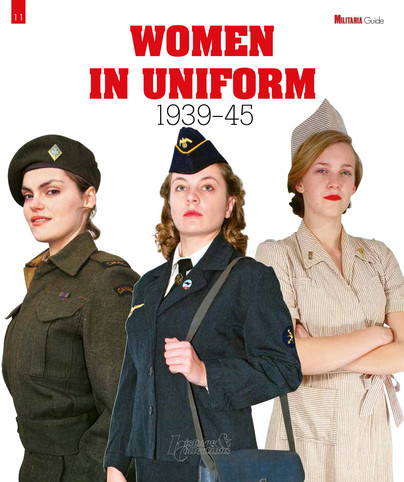
Format: Paperback
Pages: 84
ISBN: 9782352504603
Pub Date: 31 Dec 2016
Description:
Women's participation in the Second World War is often overlooked, yet thousands of them wore their uniform, working mainly as nurses, but offering also other services, such as managing the enrollment of men in military units. The movement started on a large scale in Great Britain and the Soviet Union, followed by United States and to a lesser extent France, Germany and Italy. With over fifty female volunteer from all over the world represented in colour photographs, this guide will be indispensable for all uniform lovers, collectors, and enthusiasts of military history.
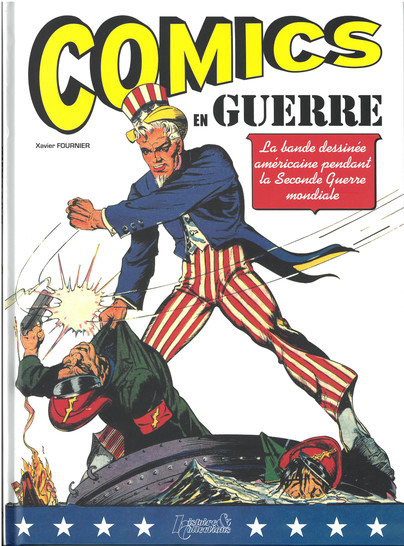
Format: Hardback
Pages: 176
ISBN: 9782352504344
Pub Date: 30 Nov 2016
Illustrations: 300
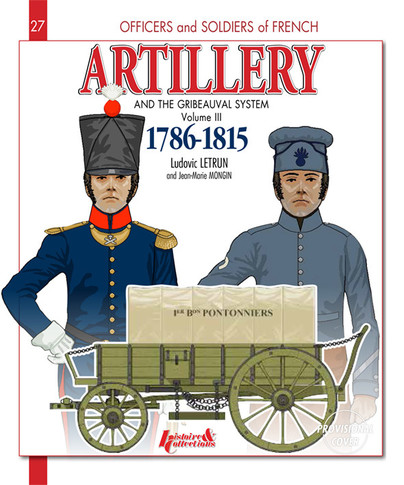
Format: Paperback
Pages: 84
ISBN: 9782352504320
Pub Date: 14 Apr 2016
Illustrations: Colour illustrations throughout
Description:
With this last volume, pontoneers, permanent gunners or Coastguards gunners, too often left in shadow – as the materials and the guns which they serve and operate – occupy the centre stage. After examining, in volumes 1 and 2, the hardware artillery implemented by Gunners from the end of the Old Regime to First Empire, this third volume discusses some topics of specialists uniformology, and a chapter is dedicated to the Team Train which, although not being a part of the artillery, deserves to appear in this vast panorama of the “Armes savantes”. This was the organisation of Mr de Gribeauval, the Inspector of Artillery, set up slowly over nearly thirty years and which remained more or less as it was until 1825 and which is the object of these three volumes.
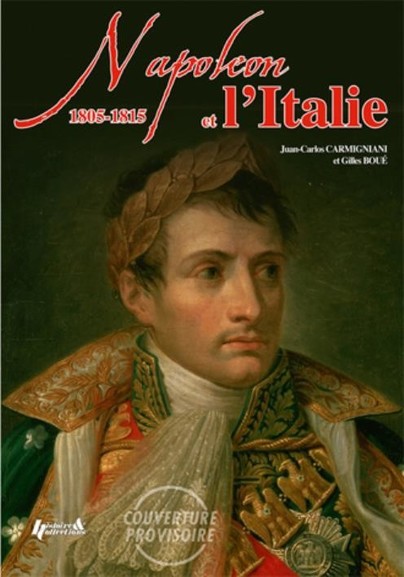
Format: Hardback
Pages: 192
ISBN: 9782352503231
Pub Date: 31 Mar 2016
Illustrations: 300 photographs
Description:
The links between Napoleon and Italy are too often reduced to its dazzling campaigns of 1796 and 1800. This love story, consisting of moments of happiness, but also resentment, continued well beyond the Battle of Marengo. The story of Napoleon and Italy from 1805 to 1815 is primarily one of constant communication; there was not a single day without two, three or four letters by mail or telegraph, to Milan, Rome and Naples.
This permanence in imperial thinking, illustrated the desire to make Italy a model state. Italy was seen as the little brother who should be nurtured with a stern hand, but also with a degree of tenderness. This posthumous work of Juan Carlos Camignani, one of the greatest French specialists of Napoleonic history, this time collaborating with Gilles Boue, historian of the great battles of the Empire, is a real tribute to the beauty of the Italy and the glory of the Emperor. Using more than three hundred rare images, the authors trace the history of Napoleonic Italy and Italian soldiers in the armies of Napoleon.THIS BOOK IS IN ENGLISH.
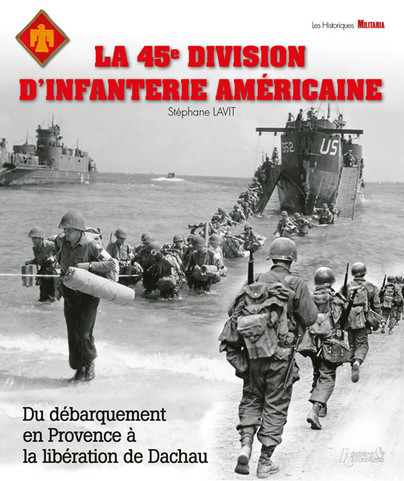
Format: Paperback
Pages: 100
ISBN: 9782352504573
Pub Date: 29 Feb 2016
Description:
Through various hundreds of “clichés d’époque”, the journey of this American division that landed in Provence in August 1944 after a long campaign in Italy, leads us just to the heart of Germany, where this military unit is the first to enter the concentration camps of Dachau. This American division had formerly freed a part of Southern France, and then went back up the valley of the Rhone up to the Vosges. As its squads are made up of numerous native american soldiers, the 45th division has achieved copious honours during the three hard battles which could be compared to the battle of Normandy that took over the spotlight the following years.
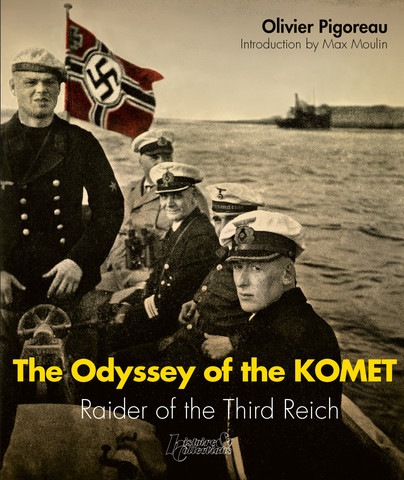
Format: Paperback
Pages: 176
ISBN: 9782352504559
Pub Date: 29 Feb 2016
Series: Russian Army
Illustrations: 200 photos
Description:
Having left Gotenhafen July 3, 1940 for a campaign that will last 516 days, the Komet is one of the cargos transformed by the Kriegsmarine to operate as an auxiliary warship for the allied commercial ships. Spreading over the Pacific except the partly frozen waters of the Arctic Ocean, this predator camouflaged as Japanese ships leads the attacks on all oceans, up to the Antarctic, searching for ally ships, creating insecurity across the Australian and New Zealand coasts up to the surroundings of the Panama canal. A fascinating adventure that gives us 200 inedited pictures.
The secret meetings with the German supply ships at open sea, the seizure and destruction of the enemy ships, the prisoners gathered aboard, the daily life, the ceremonies, those who fled on land or the meeting with the U-Boote in the Atlantic.
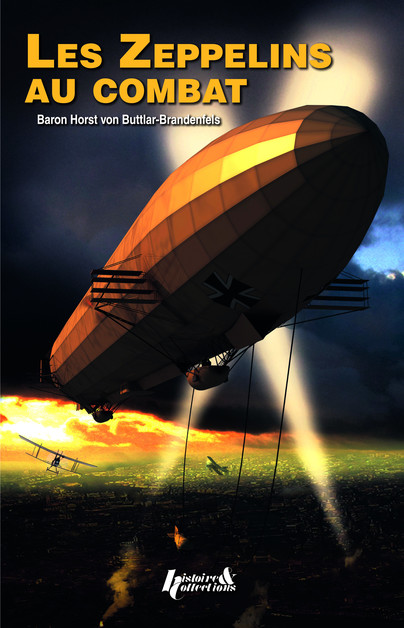
Format: Paperback
Pages: 200
ISBN: 9782352504535
Pub Date: 28 Feb 2016
Description:
This work, written ten years after the end of World War I by Baron Horst von Buttlar, commander of one of the Imperial German Navy Zeppelins, tells the extraordinary story of air operations carried out by the Zeppelins over the Allied territories. This book presents memories of war, especially during missions and night bombings on England. Because for the first time since the invasion by Guillaume the Conqueror, England who had never been as threatened, is bombed in his heart, that is London.
Also these nocturnal attacks are felt as a real trauma. And even if the quantities of bombs thrown on the English are infimy, this threat will remain engraved in the imaginations of the British to the Blitz of World War II. This book also presents the technique of Zeppelins, vector ultramodern battle evolution at the time because equipped with transmission and breathing apparatus.
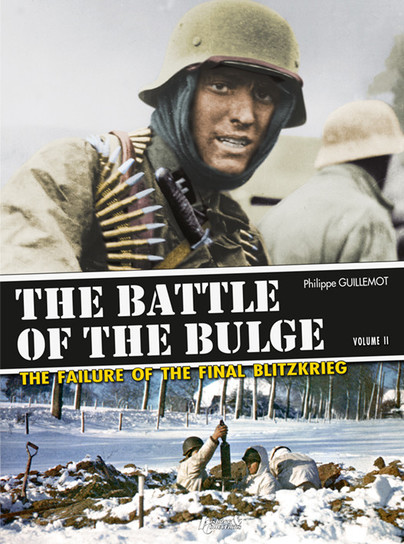
Format: Hardback
Pages: 192
ISBN: 9782352504009
Pub Date: 25 Jan 2016
Description:
This second book presents the reader with the Northern attack on part of the 6th Panzer army whose commitment in the Battle of Ardennes represented the “baptism of fire.” By studying the thousands of archives on the American and German forces, the author revisits this division that must have been the main way through which Hitler hoped to reverse in his favour the outcome of the war.In this work, Philippe Guillemeot invites us to follow the ferocious and bloody cavalcade of the Kampfgruppen of the 1st SS-Panzer Division, the unsuccess of the “Hitler Youth” against the fierce resistance of the GI’s, and the force of the II.
SS-Panzerkorps.One chapter is clearly dedicated to the special operations schemed by the German parachutists and the ineffable Otto Skorzeny.
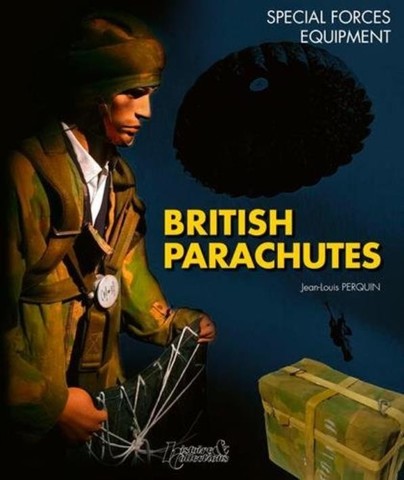
Format: Paperback
Pages: 176
ISBN: 9782352504429
Pub Date: 14 Jan 2016
Illustrations: 270 photos
Description:
This is the first volume of a new collection dedicated to the evolution of techniques and materials used by special services and special forces. To open this new collection dedicated to the evolution of technics and materials used by Special services and Special Forces, the choice of the first issue was an easy one. As early as October 1940, Intelligence Service tries different ways to infiltrate occupied France.
Phillip Schneidau is dropped “blind” near Montigny at the edge of Fontainebleau forest. Jumping with a British parachute soon turns out to be one of the best means of infiltration. It is adopted by Allies, including US OSS operational groups and Jedburgh teams. This present study is thus dedicated to Type A and Type X parachutes. Some extra considerations to the following type PX give a better understanding of their differences and the new solutions chosen
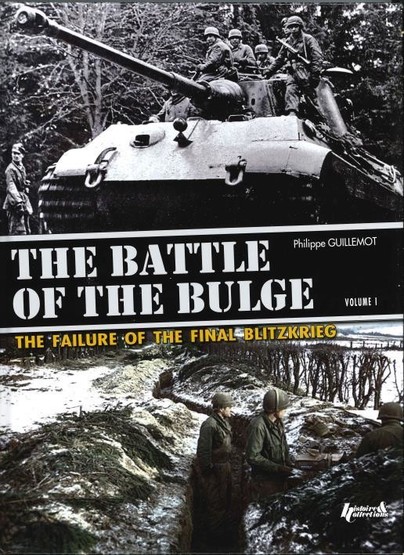
Format: Hardback
Pages: 192
ISBN: 9782352503828
Pub Date: 10 Dec 2015
Description:
In his previous book, the author discussed a little-known and insufficiently examined area in the history of the Second World War: the fighting in Hungary during the winter of 1944 and 1945 and notably the war's final German offensive, initiated by the 6th Panzer Army in mid-March 1945. In this new work, the author tackles a subject which is the antithesis of his previous one as much from the geographical as the reputational perspective: the famous Battle of the Bulge. This is the first volume to be offered to readers, with an examination of the northern edge of this offensive launched by the 6th Panzer Army.
Its deployment during the Battle of the Bulge represented its baptism of fire. Drawing on the examination of thousands of pages of archives focusing as much on American as on German forces, as well as an analysis of the most recent studies combined with site visits, the author reviews the northern sector of the battle for us - a sector which was to be the main axis along which Hitler hoped for nothing less than to shatter the American front, speed towards Antwerp and reverse the course of the war to his benefit. Throughout these pages, the author invites us to follow the fierce and bloody run of the Kampfgruppen from the I.SS-Panzer Division, the failure of the Hitlerjugend in the face of the GIs' determined resistance and the charge ofthe II.SS Panzer Korps. However, this book also specifically provides a detailed review of the special operations which were to facilitate the 6th Panzer Army's achievement of its aims: von der Heydte's paratroopers' night jump or the operations of Otto Skorzeny's 150th Panzer Brigade. Finally, the author provides a detailed survey of preparations for the offensive, the combatants' logistical challenges, the Allied information service fiasco or the suffering of Belgian civilians trapped within this inferno, in the middle of an especially harsh winter. Through this research, the author is able to reveal new factors to us, reexamining cliches and dismissing misconceptions. The reader will find among these pages, alongside a wealth of illustrations and precise maps, answers to many questions including, for instance: how was Patton able to redirect his army so quickly to go to Bastogne's aid? Could the 6th Panzer Army really have reached Antwerp or even the Meuse river? Why could the victorious 1940 offensive not be replicated in 1944, although the Americans were completely taken by surprise? What were the factors explaining the failure of an army seemingly as powerful as the 6th Panzer Army, which represented the Reich's last strategic Panzer reserve and yet still assembled four full SS Panzer divisions, at least in terms of men? Finally, the appendices to this volume offer enthusiasts a wealth of information to enhance their knowledge: for those curious to examine history a little more closely, a series of archive documents has been translated and reproduced - both reports and telegrams, often from or received by the SHAEF. These enable us to approach history from a different angle. We will also find the translation of the surviving fragments of Hitler's harangue to his generals on the 12th of December to strengthen their resolve in this battle in which the fate of the Reich would be played out.
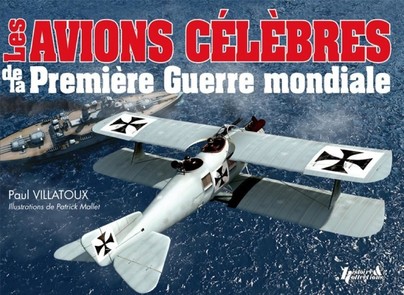
Format: Hardback
Pages: 136
ISBN: 9782352503682
Pub Date: 31 Oct 2015
Illustrations: Highly illustrated
Description:
Superbly illustrated with 3D drawings and period photographs, this book presents the fighter, bomber and the most famous aircrafts of the First World War. During the four years of the Great War, all the tactics and techniques of aerial warfare were invented and are still valid today.THIS BOOK IS IN FRENCH.

Format: Paperback
Pages: 256
ISBN: 9782352502432
Pub Date: 31 Oct 2015
Description:
Written by leading experts on modern conflicts (first and second world wars, war of the Pacific, Vietnam), all the major battles and campaigns of the conflict since the invasion of Poland in 1939 to the defeat of Japan, 1945, are described in detail.The texts are illustrated by numerous detailed maps and legendary photographs from the period.TEXT IN FRENCH
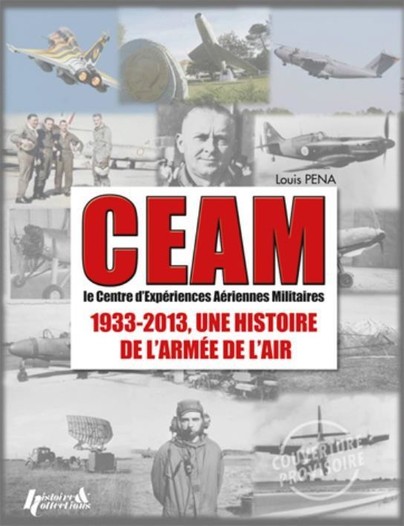
Format: Hardback
Pages: 328
ISBN: 9782352503415
Pub Date: 31 Oct 2015
Description:
CEAM leads all the experiments at a rate of 350 per year for all types of aircraft equipment: aircraft, weapons, software, ergonomic equipment. The author, himself a former test pilot, tells us the history of this organisation in detail, with many supporting photographs, seventy years of experimentation, and the creation of the center that we see today.THIS BOOK IS IN FRENCH.
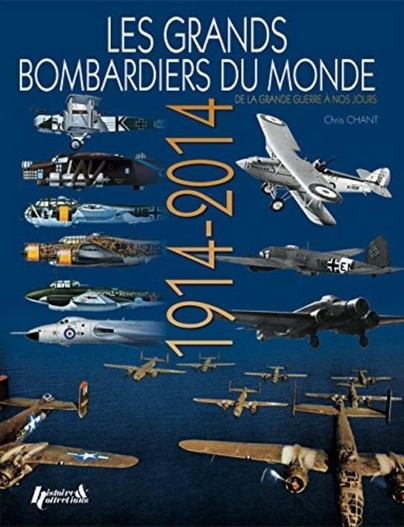
Format: Paperback
Pages: 176
ISBN: 9782352502456
Pub Date: 30 Sep 2015
Description:
L‘histoire du bombardement aérien peut être divisée en quatre grandes époques. La Première Guerre mondiale voit la naissance du bombardier qui connaîtra une évolution rapide, pressée par les événements. L’entre-deux guerres est une période charnière entre une conception, parfois encore artisanale de l’industrie aérienne et la course aux innovations technologiques.
Le poids de la tragédie laissé par la « Der des Der » a longtemps bloqué le progrès technologique. La Seconde Guerre mondiale voit le triomphe du bombardier dans tous les aspects de sa mission : du bombardement d’assaut au raid stratégique en passant par l’attaque de sous marins ou de navires… Mais à la fi n du confl it, l’irruption de l’arme atomique va changer la conception même du bombardement. La quatrième période s’ouvre sur l’équilibre de la Terreur laissant les grands bombardiers stratégiques du temps de la Guerre froide maîtres du ciel. Aujourd’hui, en ce début du XXIe siècle, le grand bombardier est surtout considéré comme une plateforme lance-missiles et le bombardement classique n’est plus, désormais, confi é à des avions spécifi quement pensés pour cette mission. L’heure du drone a sonné… - TEXT IN FRENCH -

















